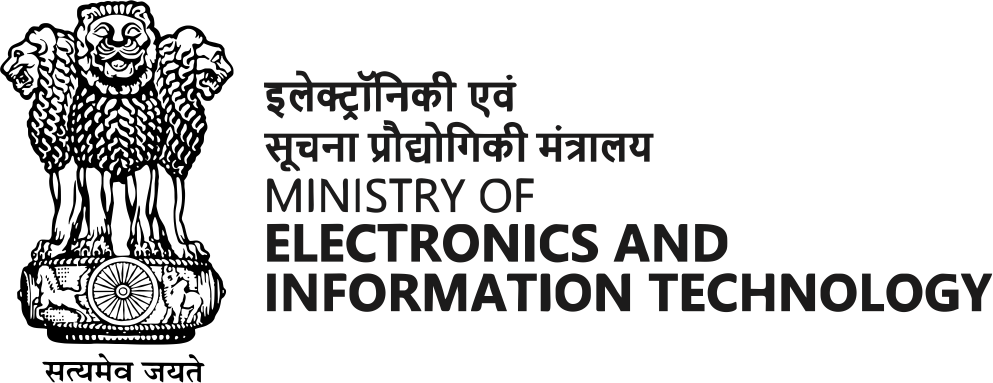Warning Signs
Hoaxing can often be identified through various warning signs that may indicate that the information being shared is not accurate or reliable. Some warning signs of hoaxing include:
- Lack of credible sources: Hoaxes often lack credible sources or provide vague or anonymous references. Information that cannot be traced back to reputable sources or lacks proper citations should be approached with caution.
- Sensational or alarming language: Hoaxes often use sensational or alarming language to evoke emotional responses. Phrases such as "Breaking news," "Urgent," or "Exclusive" may be used to grab attention, but may not always indicate credible information.
- Emotional appeal: Hoaxes may appeal to emotions, such as fear, outrage, or sympathy, to manipulate readers' emotions and provoke a reaction. Information that seems overly emotional or plays on emotions without providing concrete evidence should be critically evaluated.
- Lack of fact-checking or evidence: Hoaxes often lack proper fact-checking or evidence to support their claims. Claims that are not supported by credible evidence, data, or sources should be treated with skepticism.
- Unverified or anonymous sources: Hoaxes may rely on unverified or anonymous sources, making it difficult to verify the accuracy of the information. Claims that cannot be corroborated by reputable sources or lack transparency about the sources should be approached with caution.
- Unusual or unrealistic claims: Hoaxes may make unusual or unrealistic claims that are not supported by facts or logic. Claims that seem too good to be true, too outrageous, or lack common sense should be critically evaluated.
- No date or outdated information: Hoaxes may lack proper dating or provide outdated information, making it difficult to verify the accuracy and relevance of the information. Always check for the date of the information and verify if it is up-to-date.
- Lack of context or incomplete information: Hoaxes may provide incomplete or out-of-context information, which can distort the actual facts. Always seek for complete and contextual information to have a more accurate understanding of the situation.
- Use of clickbait or suspicious links: Hoaxes may use clickbait titles or suspicious links to attract attention or drive traffic to unreliable websites. Be cautious of clickbait titles or suspicious links that redirect to unknown or unverified sources.
- Absence of mainstream coverage: Hoaxes may lack coverage by mainstream or reputable news organizations. Always cross-check information with established news organizations or fact-checking websites to verify its authenticity.
It's important to note that the presence of one or more of these warning signs does not necessarily guarantee that the information is a hoax, but it should raise caution and prompt further verification before accepting the information as true. Critical evaluation, fact-checking, and reliance on reputable sources are key in identifying and avoiding hoaxes.
In summary, hoaxing involves intentionally creating and spreading false or misleading information with the intention to deceive or mislead others, and is generally considered unethical due to the harm it can cause to individuals and society. It is important to critically evaluate information and rely on trusted sources to avoid falling victim to hoaxes and misinformation.



